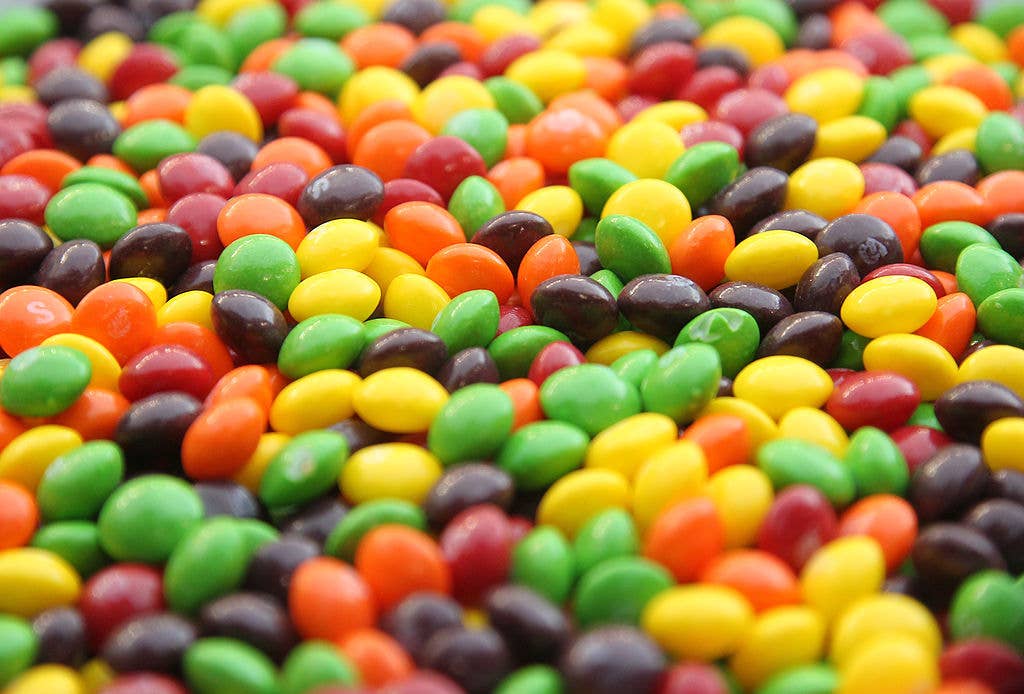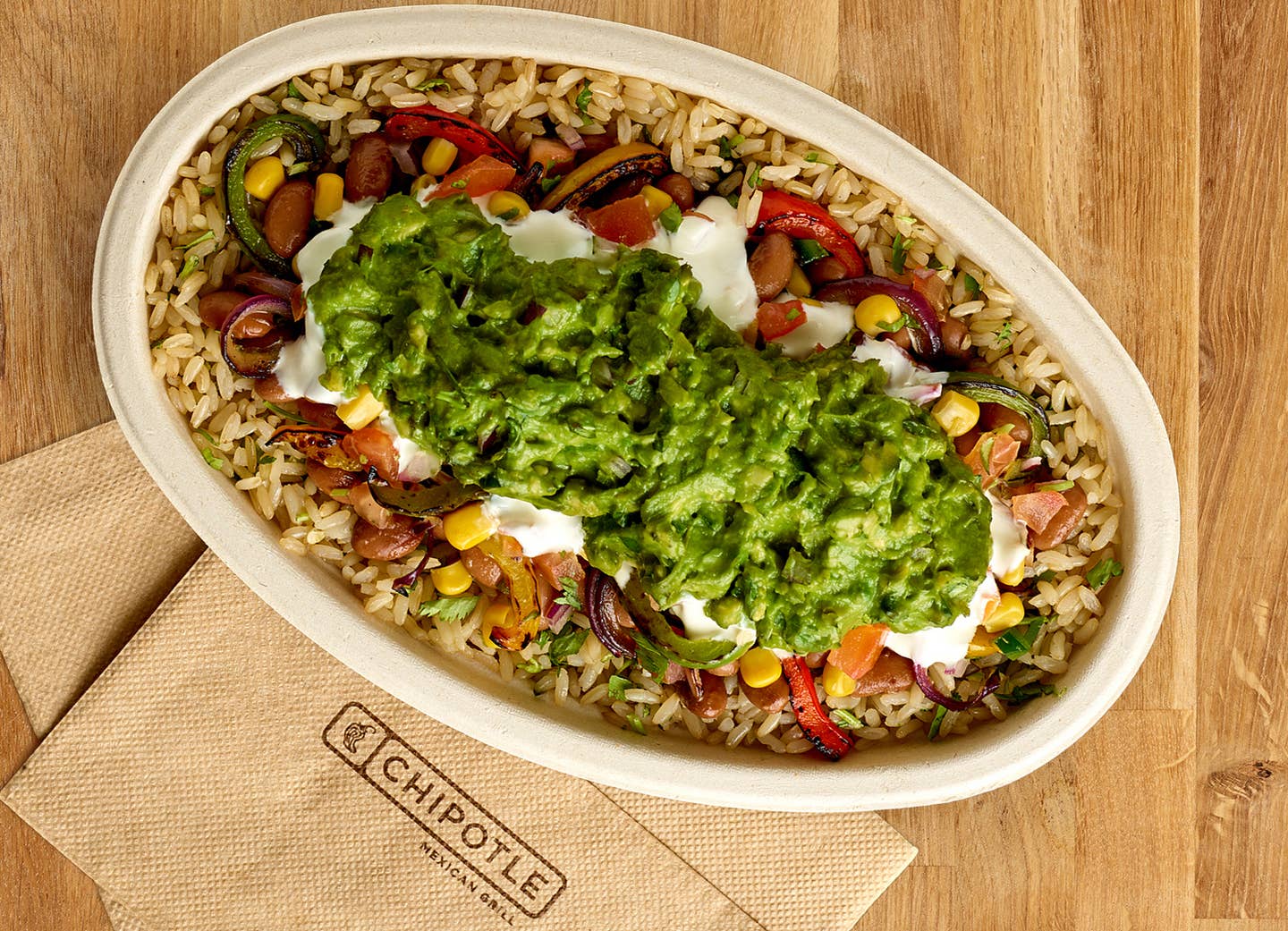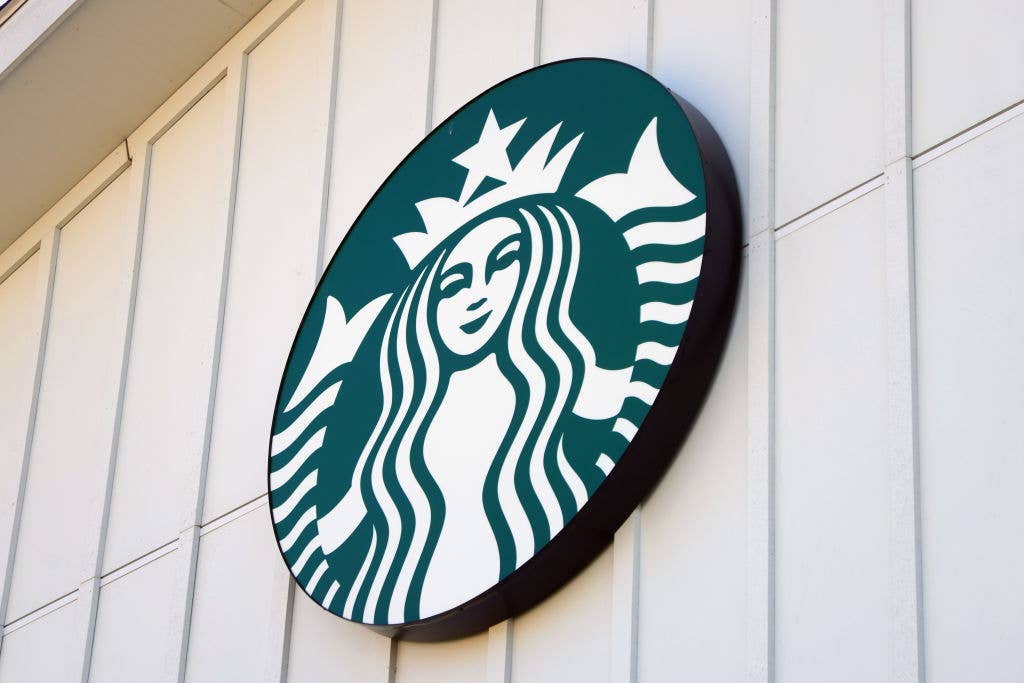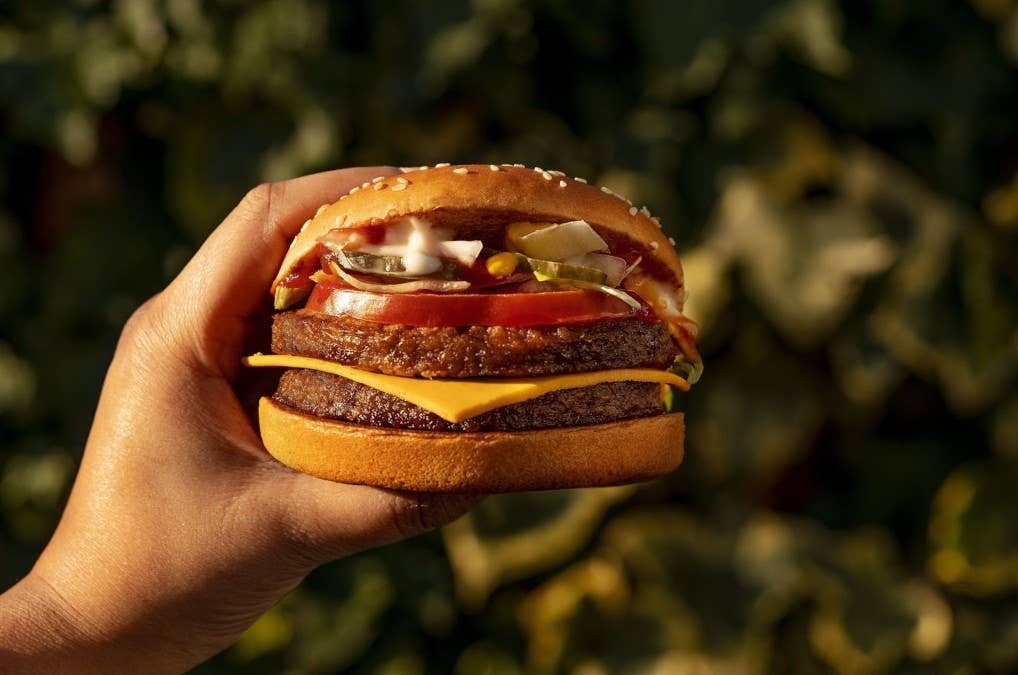
Scary Truth About Skittles and Why They Are “Unfit for Human Consumption”
In a new lawsuit against Mars, Inc., maker of Skittles, the company is being charged with allowing a known carcinogen, titanium dioxide, to continue to be used in the candy formula, even though back in 2016 Mars promised to phase out the use of it in its products.
The class-action lawsuit, filed July 14, 2022, in California, states that Mars Inc. had “long known of the health problems” associated with titanium dioxide, which is often used to brighten or whiten food products, and that the candy maker had publicly committed in 2016 to phase out the use of the chemical additive.
The suit goes on to claim that the candy maker “flouted its own promise to consumers” and continued to make Skittles with titanium dioxide, posing a “significant health risk to unsuspecting consumers.” One plaintiff called Skittles "unfit for human consumption."
What is Titanium Dioxide and Why is it in Our Food?
Titanium dioxide is an inorganic compound often used as a whitening pigment, anti-caking agent, or brightener in thousands of products on the market, giving food a shiny finish.
It's a white, water-insoluble solid that is used in foods to give products a desirable shiny, or glossy finish, that almost looks like a paint primer. In fact, the dangerous toxin is also used for that exact purpose when added to paint products.
It is used in chewing gums, baked goods, sandwich spreads, salad dressings, and dairy products like cottage cheese, ice cream, and coffee creamers, according to Tasha Stoiber, a senior scientist at the Environmental Working Group, a nonprofit focused on consumer health and safety, quoted in The New York Times.
Titanium dioxide has recently been classified as a Group 2B carcinogen by the International Agency for Research on Cancer (IARC), which means it is ''possibly carcinogen to humans.'' It is being banned in Europe, and France already jettisoned it from all food products.
Studies Mount Against Titanium Dioxide
Back in the 1960s titanium dioxide was thought to be safe (so were cigarettes) but recent studies have shown that the toxin leaches into the bloodstream and settles in the organs, where it can be harmful to human health according to several studies that have been published in the past seven years. Back in a 2015 review, researchers found titanium dioxide could be absorbed into the bloodstream, and damage organs, liver, kidney, and spleen.
Yet another study showed titanium dioxide to be harmful to human health and cause oxidative stress and contribute to cellular DNA damage linked to cancer growth, according to research published by the Journal of Nanobiotechnology. Since then it has been associated with harmful effects that range from lesions to immune system compromise to cancer growth.
What makes that even scarier: Titanium dioxide accounts for 70 percent of the total production volume of pigments worldwide
Skittles Faces a Lawsuit
Skittles are just one of the many foods that contain the known toxin – Starburst, also a Mars product, also has it in the formula – and researchers caution against eating candies or other products with titanium dioxide before a change is made.
Currently, Mars, Inc. is taking the hardest publicity hit due to the lawsuit but other companies are likely to come under scrutiny as well. One plaintiff Jenile Thames, a resident of San Leandro, California, called Skittles "unfit for human consumption," due to "heightened levels" of titanium dioxide in the formula.
This past weekend, Justin Comes, vice president of research and development for Skittles maker Mars, Inc. sent a statement to USA TODAY explaining that the company "couldn't comment on pending litigation." He added that "all Mars Wrigley ingredients are safe and manufactured in compliance with strict quality and safety requirements established by food safety regulators, including the FDA."
Health Threats Associated With Titanium Dioxide
But other officials warn consumers to think before they eat: The New Jersey Department of Health noted that all contact with titanium dioxide should be reduced to the lowerest possible level. Titanium dioxide is classified as a potential "carcinogen in humans," and the European Union recently banned all uses of titanium dioxide in food starting on August 7th. The U.S. has yet to take any action on removing the toxin from our food systems.
Back in 2017, an animal study linked titanium dioxide with an increased risk of intestinal inflammation, colon cancer, and immune system damage, according to a report in the journal Nature. This research convinced the French government to ban all titanium dioxide by 2020.
Then last year, yet another review study linked titanium dioxide particles in our food to risks of inflammatory bowel disease and colorectal cancer in humans.
Foods that Contain Titanium Dioxide
Skittles, Starburst, Hostess Cupcakes, Beyond Meat Chicken Tenders, Great Value ice cream, Chips Ahoy! cookies and Ring Pops are just a handful of products in the U.S. that contain titanium dioxide, among many others:
- Milk
- Coffee creamer
- Salad dressing
- Candy and sweets
- Chocolate
- Chewing gum
- Snacks
- Sauces
- Vitamin supplements
- Frosting
The lawsuit may wind its way through the courts for years, but if there is one dietary change to make today, it's to avoid highly processed foods and especially those that contain titanium dioxide, which has been found in over 1,000 junk foods, snacks, milk, salad dressings, chewing gum, and candies across America.
The toxin is in the news thanks to Skittles, but it is also present in sunscreens and house paints and is said to be unsafe to ingest or inhale, and only considered safe under "certain restrictions" according to the U.S. Food and Drug Administration. Scientific researchers advise avoiding any products that contain this ingredient at all costs.
Bottom Line: Check Food Labels and Avoid Titanium Dioxide
If you are concerned about titanium dioxide, check food labels before eating your favorite candy bar, ice cream, salad dressing, and more.
For more health content, check out The Beet's Health and Nutrition articles.
More From The Beet






